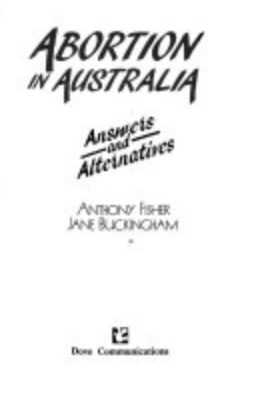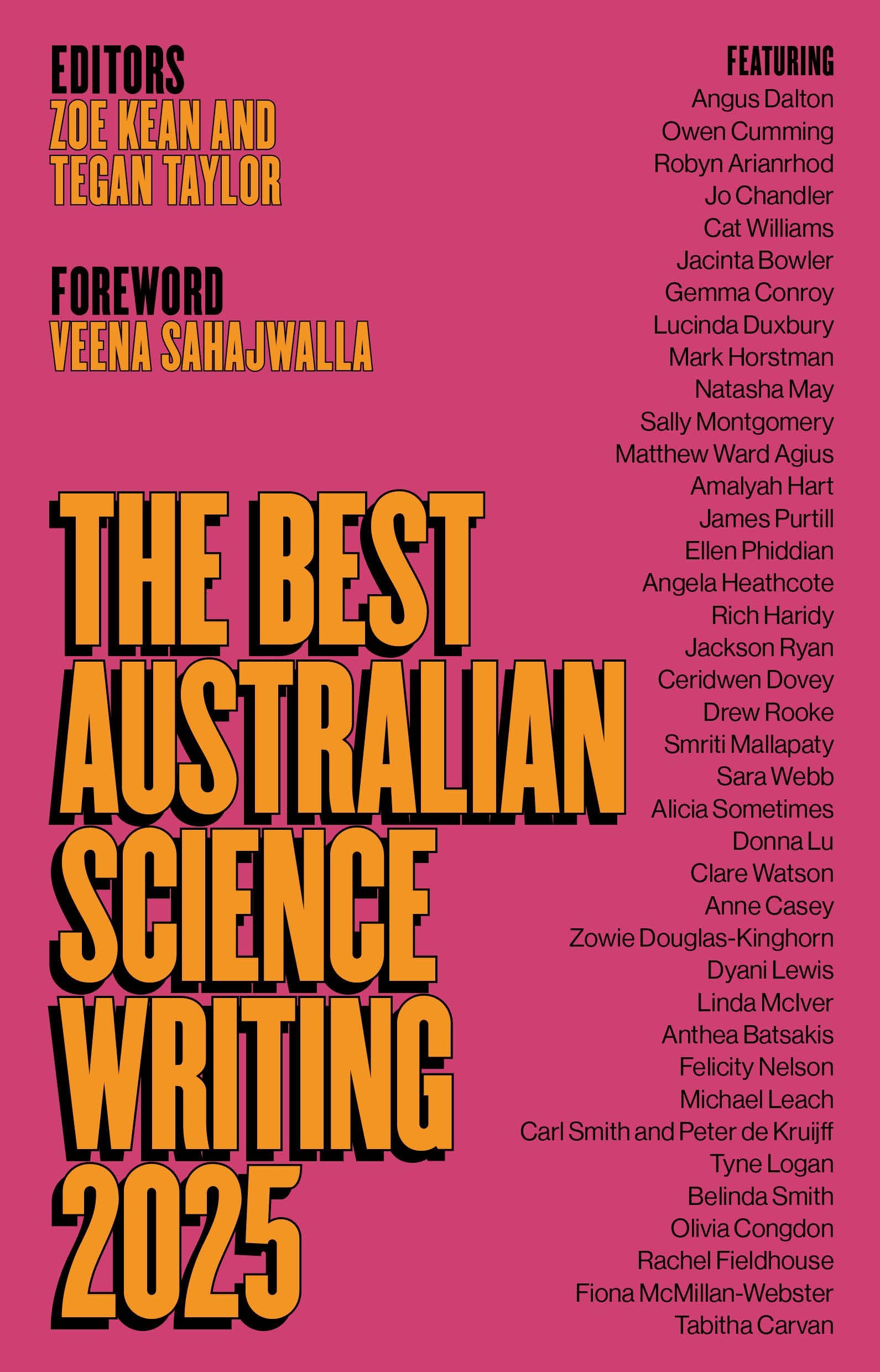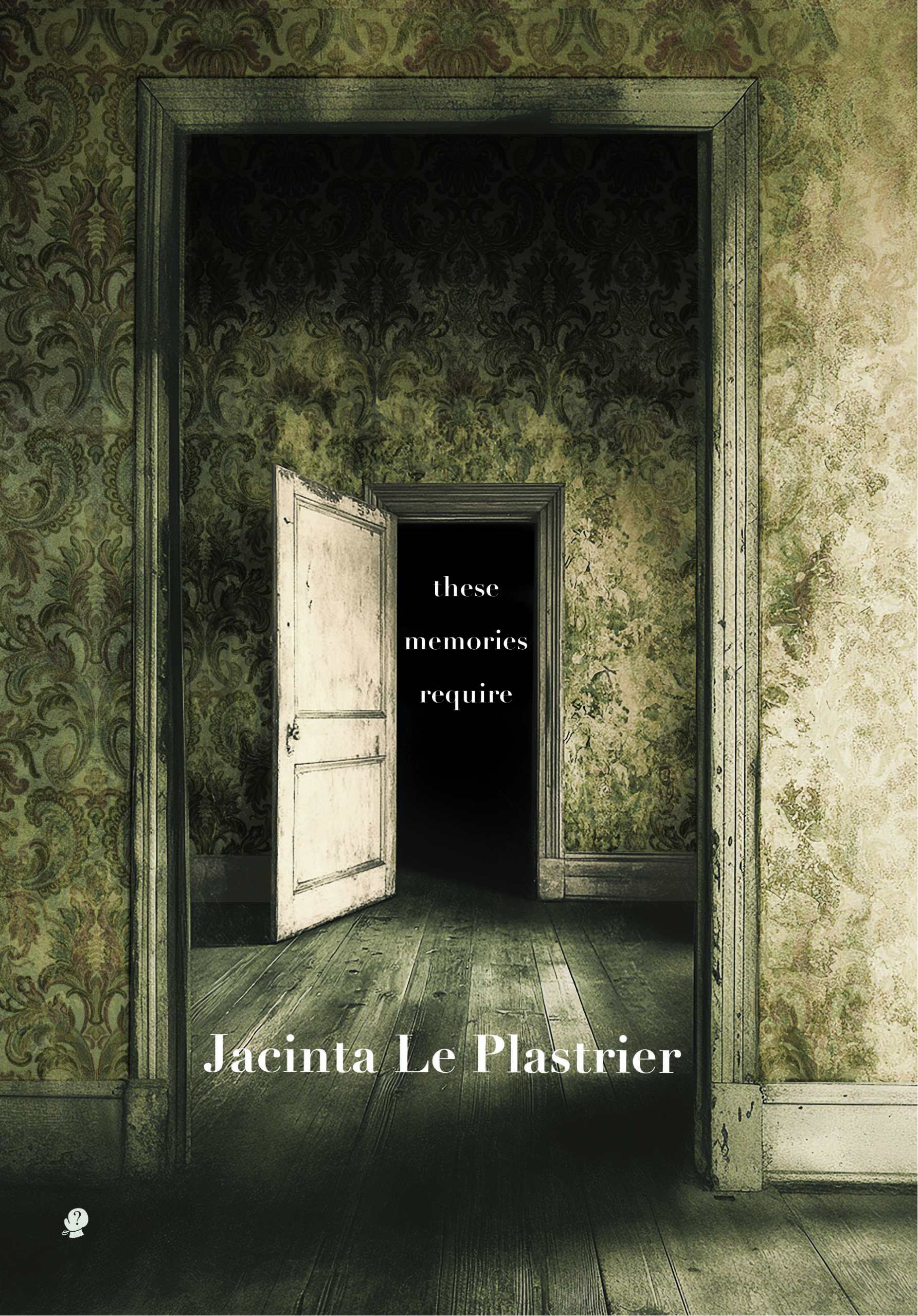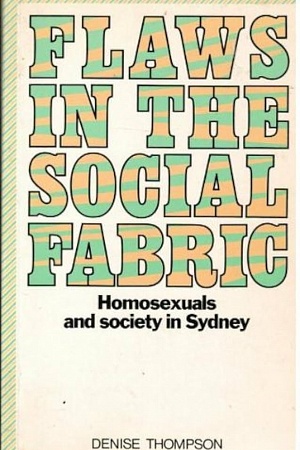Abortion in Australia: Answers and alternatives
Dove Communications, $9.95 pb, 165 pp
Playing with Numbers
The contentious issue of abortion will probably never be resolved. The antagonists in any discussion frequently confuse facts with moral problems. There are two fundamental questions in the abortion argument: the empirical one, ‘when does human life begin’, and the philosophical one, ‘is human life always sacred?’
The answer to the first question may be considered a matter of fact. Indeed the authors of this book are unequivocal. They respond by saying that ‘A unique human being comes into existence when a human egg is fertilised by a human sperm’ (p.8). Others would dispute this statement. The authors however anticipate the well-known arguments and, through a question-and-answer format, dispose of them to their own satisfaction. It is this first chapter that is the least credible and, at the same time, the most emotive chapter in the book. It will delight the pro-life people, anger the pro-choice people and worry the fence-sitters.
There is no evidence of objectivity throughout the book. The authors’ stance is obvious, and their statements are broad; data is selective and loosely interpreted, and unsubstantiated opinions are offered as fact. For example, in spite of medical uncertainty on the way in which an IUD acts, the authors state that ‘the number [of abortions] is very considerably greater [than 4 million] if one includes the millions of abortions soon after conception which result from the intrauterine device’ (p.15).
Having started with the premise that human life begins at conception, the authors fail to tackle directly the question of the sanctity of human life. It is taken as an inherent truth that abortion under any circumstance is wrong and for these authors it would appear that sheer weight in numbers of (presumed) abortions makes it even more wrong.
Having taken the authors to task for their lack of objectivity and absence of philosophical reasoning, it is important to note the useful and positive aspects of this book.
Chapter Eight discusses the service available to pregnant women. Obviously this excludes abortion services. But this chapter is extremely useful and does provide information on alternatives to abortion.
The outstanding aspect of the book is the chapter on action for pro-lifers. This chapter restores the authors’ credibility. They advocate positive means for reducing the need for abortion and for providing non-judgmental support for the reluctant mother.
For a student of the topic the Appendix on the various church views is useful.
Unlike other books written from the pro-life perspective, this book does provide its source of references and, setting aside the emotive phraseology and the selectivity of data, is more learned in its approach. The book is very readable and is recommended to those on either side of the fence as well as those who sit astride that fence. It has now entered my list of ‘recommended reading’ for students of human behaviour and for students of philosophy. Abortion in Australia, Answers and Alternatives is rich in trigger statements for discussion groups.









Leave a comment
If you are an ABR subscriber, you will need to sign in to post a comment.
If you have forgotten your sign in details, or if you receive an error message when trying to submit your comment, please email your comment (and the name of the article to which it relates) to ABR Comments. We will review your comment and, subject to approval, we will post it under your name.
Please note that all comments must be approved by ABR and comply with our Terms & Conditions.